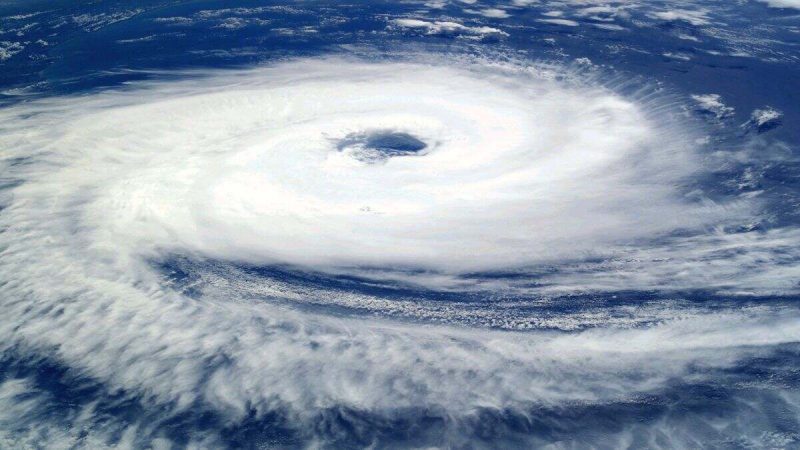This year’s summer season is wreaking havoc in most parts of the world. From glaciers melting to temperatures surging noticeably to severe heat waves affecting regions, the summer months of 2024 continue to be exhausting and extreme. One of the primary reasons fuelling the unbearable heat this year is El Nino. The global climate phenomenon triggered weather conditions and increased global temperatures. The good news is that El Nino is no longer going to disrupt present conditions as of now. What led to all these changes in weather?
La Nina Is All Set To Return Soon
We woke up to one of the best updates today. The signs of El Nino have ended, according to a report by The Indian Express. The expectations for the upcoming global weather predictions stated that La Nina may be back soon. A report published by the World Meteorological Organization mentioned La Nina’s chances to return later in 2024. Federal meteorologists shared the conditions that will prevail during the Atlantic hurricane season.
The National Oceanic and Atmospheric Administration recently shared significant information about El Nino’s declining power. Not only this but the US scientific and regulatory agency called it dead. With no effect of El Nino weather conditions triggering climate changes, the global weather updates are currently neutral. About a week ago, the predictions were either neutral weather or La Nina returning between June and August.
Michelle L’Heureux, the physical scientist of the National Oceanic and Atmospheric Administration, shared updates about La Nina’s arrival. With a high possibility of 65 per cent, the cooling weather phenomenon is likely to be created from July to September. The National Hurricane Center’s prior research forecasted a full-blown hurricane season and one of the major reasons behind this is the probable chances of La Nina returning.
Also read: Colombian Glacier Ritacuba Blanco Is Melting Away Due To El Nino & Climate Change
How Will It Change The Weather Conditions?
Both La Nina and El Nino are opposing climate patterns. This phenomenon plays a significant factor in decreasing the temperatures of the ocean surface in the central and eastern equatorial Pacific Ocean. Also, its changes are evident in rainfall and gusty winds. La Nina tends to show its impact based on the climate conditions and time of the year.
Let us know about the present weather conditions at your place.
Cover Image Courtesy: Canva

